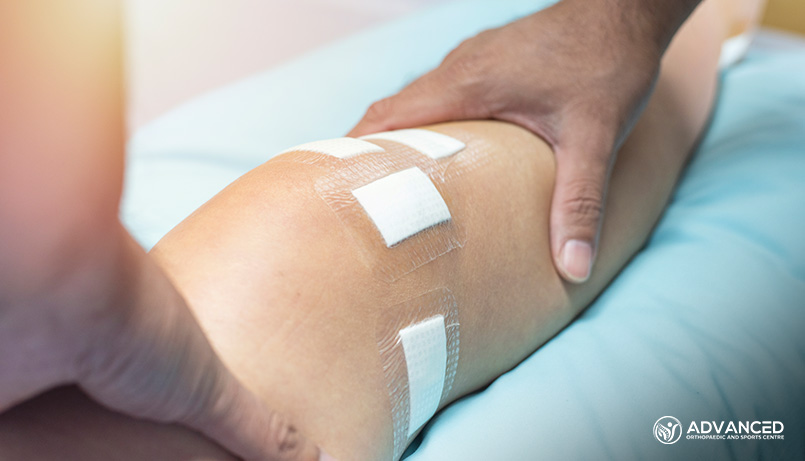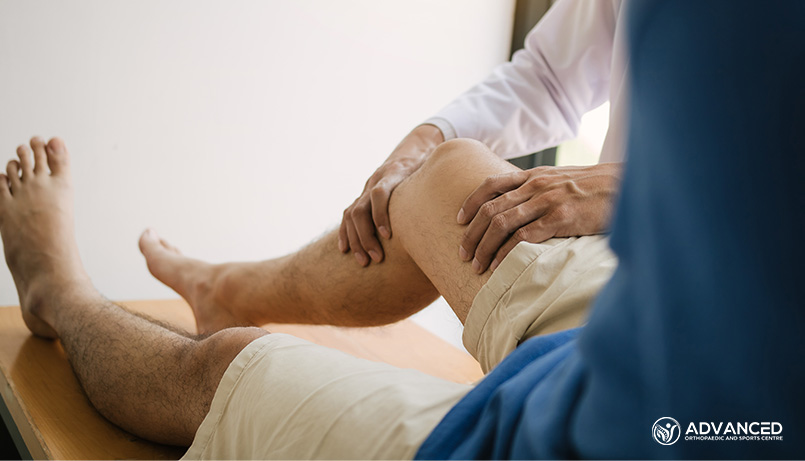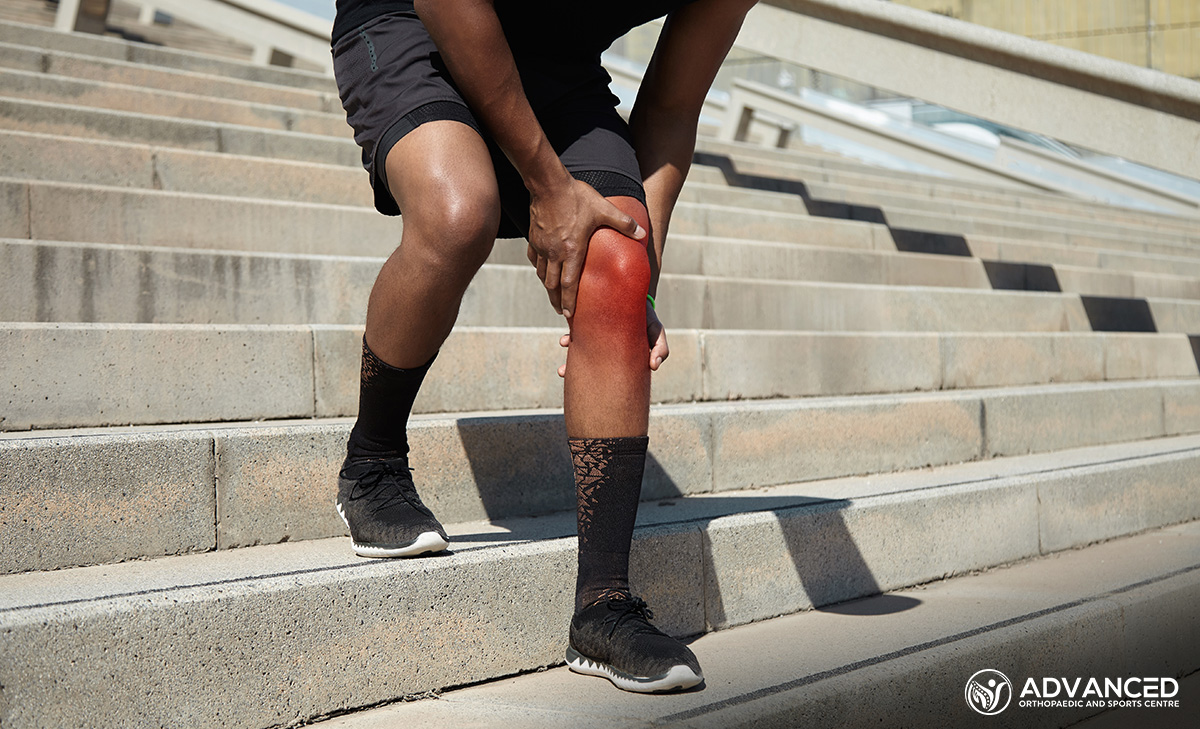An anterior cruciate ligament (ACL) injury is one of the common sports-related injuries often seen in athletes who participate in high-impact sports such as football and basketball.
However, you do not have to be representing Team Singapore to be at risk of sustaining an ACL injury; putting excessive strain on the ligament due to direct trauma, sudden change of direction and hyperextension can result in the injury too.
Before delving deeper into the surgical procedure for an ACL injury, here are some things you need to know about the condition – read on to find out more.
What is an ACL injury?
The ACL is one of the four major ligaments in the knee that joins the thigh bone to the shinbone and a sprain is usually categorised according to its severity:
- Grade 1 – the ligament has stretched and is mildly damaged but the knee joint is still stable
- Grade 2 – the ligament has stretched till it is loose and is referred to as a partial tear
- Grade 3 – the ligament has split into two and the knee joint is unstable; often referred to as a complete tear
What are the symptoms of an ACL injury?
You may hear a “pop” sound at the time of the injury, accompanied by intense pain, swelling and inability to bear any weight on the injured leg. Loss of range of motion and knee instability are also common symptoms of an ACL injury.
Treating an ACL injury with surgery

Although an ACL injury can be treated with non-surgical methods, it also largely depends on each individual’s needs and condition. Older patients with a low activity level may benefit from bracing or physical therapy while younger patients who wish to get back to sports may want to consider surgery.
ACL surgery typically involves the reconstruction of the torn ligament. This is usually done through arthroscopic surgery in which small incisions are made so that recovery is faster, less painful and less taxing on the body.
Your orthopaedic surgeon in Singapore will replace the torn ligament with a tissue graft typically taken from a tendon around the knee, such as the hamstring tendon, patella tendon, or quadriceps tendon. Occasionally, allografts (harvested from another person) are used to avoid donor site morbidity. This graft then acts as a scaffolding for the new ligament to grow on to help you regain knee stability.
Take note to discuss your graft options with your orthopaedic surgeon beforehand as this will help to determine the most suitable option.
What to take note of after ACL surgery
Regrowth takes time and the recovery period after surgery is dependent on each individual’s body too. Hence, most people will need at least six months before they are able to return to sports.
The rehabilitation period after ACL surgery is also crucial – complete the exercises as recommended by your physiotherapist, take all medications on time, ice your knee to reduce swelling and wear your brace in the early postoperative period to avoid excessive stress on your newly reconstructed ACL.
Getting an ACL injury treated in Singapore

If you have sustained an ACL injury, we recommend seeking medical attention promptly to prevent your condition from worsening and to regain your quality of life as soon as possible.
Get in touch with us here at Advanced Orthopaedics to book an appointment today.

